When most people think of New South Wales, they picture Sydney’s harbour, the Blue Mountains, or the surfers casually catching the waves at Bondi Beach. I definitely did. But scattered along the coast are some of the most jaw-dropping landscapes you’ll ever see — towering sand dunes that look like they belong in the middle of a desert, yet sit right next to the ocean.
These dunes aren’t just beautiful — they’re alive, shifting with the wind, holding stories that go back thousands of years. And the best part? You can walk on them, slide down them, or just sit and watch the light change across their curves. We stumbled upon them quite by chance while road tripping and camping along the stunning NSW coastline, and I wondered why I never heard about them before.
So, here we are, I’m writing about my favorites.
Anna Bay Sand Dunes / Stockton Sand Dunes in Worimi Conservation Lands, Port Stephens
You know that feeling when you’re standing somewhere and it just doesn’t seem real? That’s what it’s like at Anna Bay, the most well-known of NSW’s breathtaking dune destinations. You’re up on the crest of a huge golden dune, the Pacific Ocean sparkling on one side, and on the other… nothing but rolling sand as far as you can see. It’s hard to believe you’re still in New South Wales.
These are the Stockton Sand Dunes, also known as the Anna Bay Sand Dunes, Port Stephens Sand Dunes or Worimi Sand Dunes — and they’re the biggest moving coastal dunes in the Southern Hemisphere. They run for about 32 kilometres along Birubi Beach, and some of them are taller than a four-storey building. You can go all out with quad biking, sandboarding, or even a camel ride at sunset(?), but honestly, just walking out there is an adventure in itself.
If you want to explore on your own, it’s easy. Park at Birubi Beach, take the stairs down, and head towards the dunes behind the beach. It’s about a 20–30 minute walk to get to the biggest ones. There’s no set path, but you can always see the beach, the forest, and the town, so you’re not going to get lost. The northern end is my favourite — it’s usually quiet, and you might only see a few other people scattered across the sand.
The southern end is where the tours run, so it’s busier with quad bikes and 4WDs buzzing around. A totally different vibe.
How to get there?
- By car: About 2.5 hours north of Sydney via the M1 and Nelson Bay Road.
- Parking: Park at one of the free car parks at Birubi Point Surf Life Saving Club, or further back along James Paterson Street (overflow parking spots).
Where to stay?
- Hotel: Hotel Nelson, Nelson Bay (with heated swimming pool)
- Apartment: Oaks Nelson Bay Lure Suites, Nelson Bay (rooms and apartments)
- Camping: Melaleuca at One Mile, Boat Harbour (boutique hostel and campground)
Best things to do at the Stockton Sand Dunes
- Sandboarding: Hire a board and slide down the steepest slopes you can find.
- Quad biking & 4WD tours: Guided tours take you deep into the dunes.
- Photography: Sunrise and sunset light up the dunes in gold and pink.
- Walking: Climb the highest dunes in the northern area.
Dark Point, Myall Lakes National Park
If you ever get the chance to visit Dark Point (along with the rest of serene Myall Lakes National Park), do it. The moment you step onto the sand, you’re walking in the footsteps of the Worimi people, who’ve called this place home for thousands of years. It’s not just a pretty spot — it’s a place with deep cultural meaning.
The dunes here aren’t as massive as the ones at Anna Bay, but they’ve got this wild, untamed beauty that’s just as impressive. From the top, you can see Mungo Beach stretching out for 18 kilometres — and here’s the crazy part: that’s only the third-longest beach in NSW, and it might not even crack the top 10 in Australia.
If you keep walking, you’ll eventually reach the southern end of Mungo Beach. From there, there’s a narrow, sandy track that winds its way up to the headland — this is the actual Dark Point. The climb’s not hard, and when you get to the top, you’re rewarded with sweeping views over both Mungo Beach and Jimmys Beach. On a clear day, it’s the kind of view that makes you just stand there for a while, taking it all in.
How to get there?
- By car: Around 3 hours north of Sydney via the M1 and Pacific Highway.
- Parking: Dark Point walking track car park, off Mungo Brush Road.
- Walking track: A 2 km return track gives access to the sand dunes and Dark Point, but there’s not much of a defined track. It’s a walk through the beautiful, ever-changing sand dunes towards the beach.
Where to stay?
- Hotel: Tea Gardens Hotel, Tea Gardens (3 stars)
- Holiday home: The Beach House – Winda Woppa, Hawks Nest (6 bedroom beachfront house)
- Apartment: 1166 on Booner, Hawks Nest (2 bedroom apartment with outdoor swimming pool)
- Camping: Mungo Brush campground in Myall Lakes National Park
Best things to do at the Dark Point Sand Dunes
- Scenic walks: Explore the dunes and Mungo Beach.
- Whale watching: Visit between May and November for migrating humpbacks.
- Cultural connection: Learn about the Worimi heritage of the area.
- Photography: Capture the contrast of white sand, blue sea, and green bush.
Hat Head Sand Dunes, Hat Head National Park
If you’re after a dune experience that feels properly off the beaten track, Hat Head National Park is the place. The Hat Head Sand Dunes rise up just behind long, empty beaches, with nothing but the sound of waves and the smell of salty air and coastal heath.
There’s no big tourist setup here — no camel rides, no quad bikes, no crowds. Just you, the dunes, and the ocean. You can wander along the beach, climb the dunes for a better view, or just sit and watch the light change as the sun moves across the sky. If you’re into fishing, this is a great place to throw in a line, and you might even spot kangaroos or wallabies hanging out near the dunes.
Getting here means driving a few kilometres on unpaved roads as you get from the village of Hat Head to Hungry Gate campground. Road conditions were fine for any kind of car when we visited, but in a high clearance we had absolutely no worries about road conditions. This is something to keep in mind for rainy periods though.
How to get there?
- By car: About 5 hours north of Sydney via the Pacific Highway.
- Access point: The most convenient access points are the beaten tracks from Hungry Gate campground.
Where to stay?
- Holiday home: Post Office Boutique Accommodation
- Holiday park: Hat Head Holiday Park (beachfront)
- Campground: Hungry Gate campground in Hat Head National Park
Best things to do at the Hat Head Sand Dunes
- Scenic walks: wander around on the dunes and stroll along the pristine shoreline.
- Wildlife spotting: Look for kangaroos, wallabies, and sea eagles.
- Photography: Capture the interplay of dunes, bush, and sea.
Best time to visit NSW’s sand dunes
The NSW coast is paradise for outdoor lovers and the dunes are beautiful year-round, but the experience can feel completely different depending on the season — and even the time of day. Here’s what to expect:
Sand dunes in spring (September–November)
Probably the sweet spot. The weather’s warm but not scorching, the skies are usually clear, and the wildflowers in the surrounding bushland are in bloom. Perfect for long walks and photography without melting in the midday sun.
Sand dunes in summer (December–February)
The dunes look incredible under bright summer skies, but they can get hot. If you visit in summer, go early or late in the day, and bring plenty of water. Sunrise and sunset are magic, with cooler air and softer light.
Sand dunes in autumn (March–May)
Another great time to visit. The days are still warm, camping is still pleasant, though May can bring lots of rain and heavy storms.
Sand dunes in winter (June–August)
Cooler days make for comfortable walking, and the light is beautiful for photography. But bring a jacket — the wind can be chilly, especially in the late afternoon.
Photography tip: No matter when you go, the dunes are at their most photogenic in the golden hours — just after sunrise and just before sunset. The low light brings out the ripples and curves in the sand, and you’ll often have the place almost to yourself.
Pretty spectacular, isn’t it? Which one will you visit next?
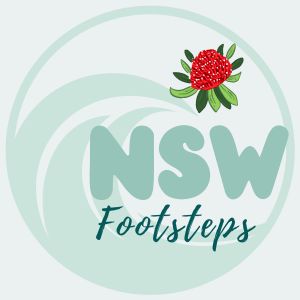
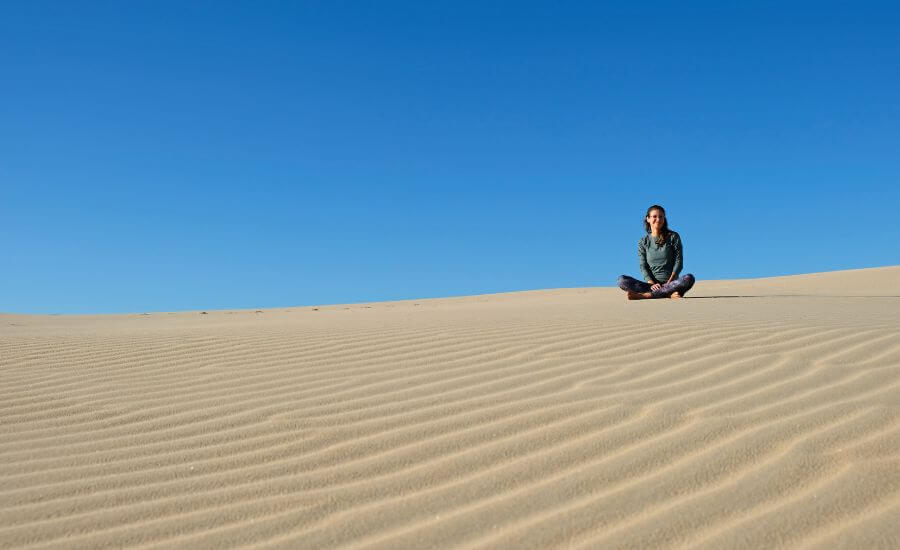









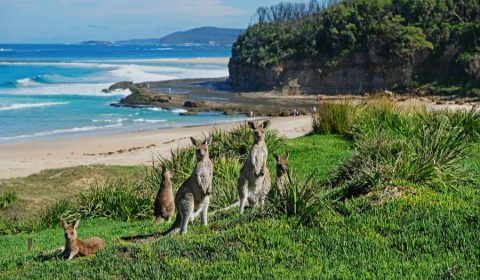
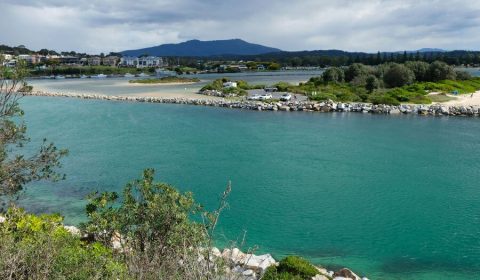
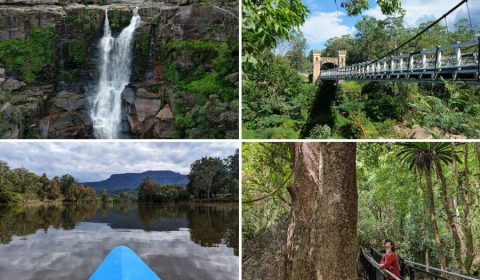
Leave a Reply